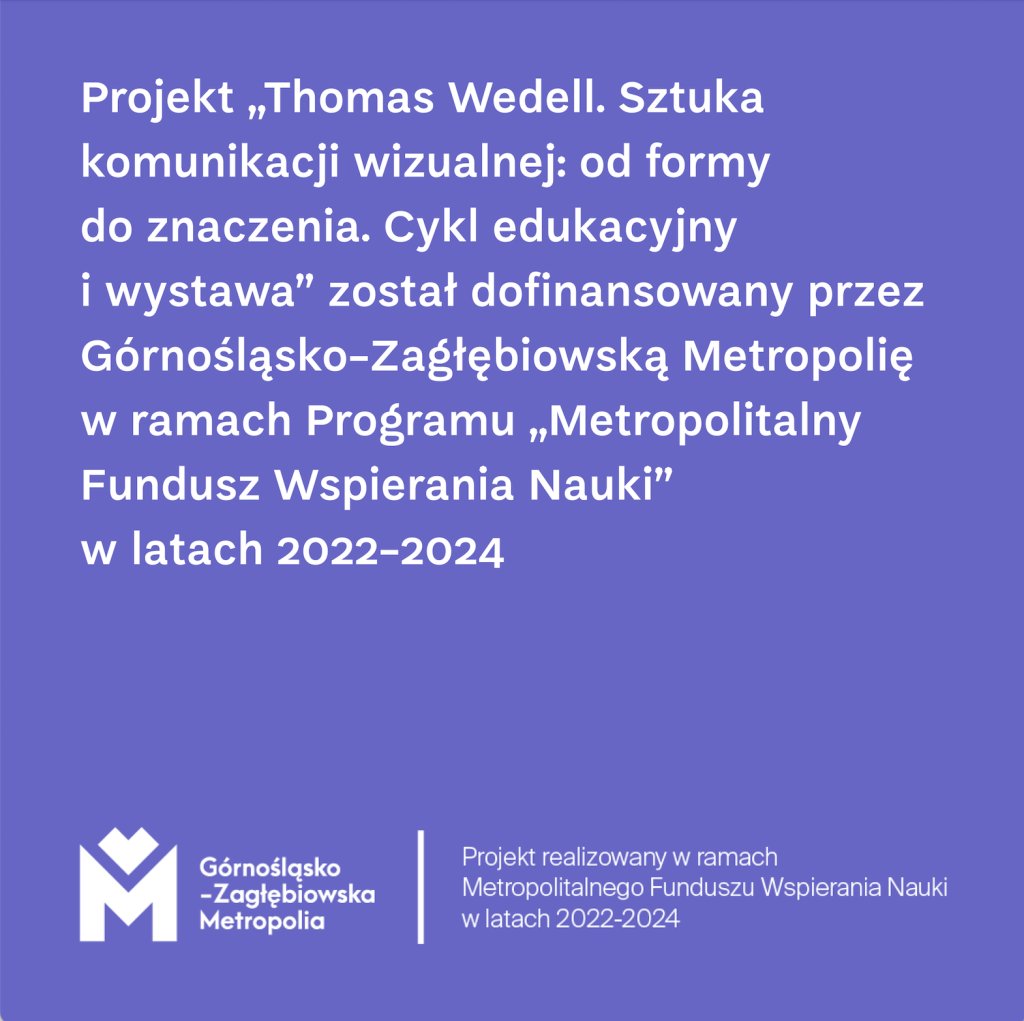Thomas Wedell (USA)
Skolos/Wedell
Rhode Island School of Design
Thomas Wedell began his education as a photography major at Layton School of Art in Milwaukee, WI. He went on to the University of Michigan to complete a BFA in photography and then to Cranbrook Academy of Art, where he received an MFA studying both graphic design and photography. He then started a practice in Boston with his partner, graphic designer Nancy Skolos, whom he met at Cranbrook. The two designers work to diminish the boundaries between graphic design and photography — creating collaged, three-dimensional images influenced by modern painting, technology and architecture. With a home/studio in Providence, they balance their commitments to professional practice and teaching at RISD. Both have been awarded the AIGA Medal in recognition of their exceptional achievements in advancing design as a respected craft, strategic advantage and vital cultural force.
The studio’s client list has included Cambridge Arts Council, EMI Music Publishing, Walker Art Center, US Department of Health and Human Services, and the US Postal Service. The work has received numerous awards and has been widely published and exhibited. Skolos/Wedell’s posters are included in the graphic design collections of the Museum of Modern Art, the Library of Congress, the Metropolitan Museum of Art, the San Francisco Museum of Modern Art, Walker Art Center in Minneapolis, MN, Los Angeles County Museum of Art and the National Museum in Poznan. They’re also included in the collections of numerous international venues.
Overlap/Dissolve: Reflections on a 40+ year partnership
Overlap/Dissolve describes our interest in merging type and image, two and three-dimensional space, form and meaning. Overlap and dissolve are also associated with the signature layering and blurring in Postmodern design that too often gets overwhelmed by the visual aspects that looks like everything was thrown into the blender, without looking deeper for the symbolic associations that these layered compositional tactics facilitate. For us there is never one perfect design solution, but the process generates one idea that overlaps and dissolves into the next. This lecture is a vehicle to share the thoughts and processes around creating complex works that mix communication channels such as type (a learned code), and images (open for interpretation), allowing for compositional frameworks that express harmony, conflict, resolution, or a combination of those, thus setting them in motion to fuse narrative with sensation.

